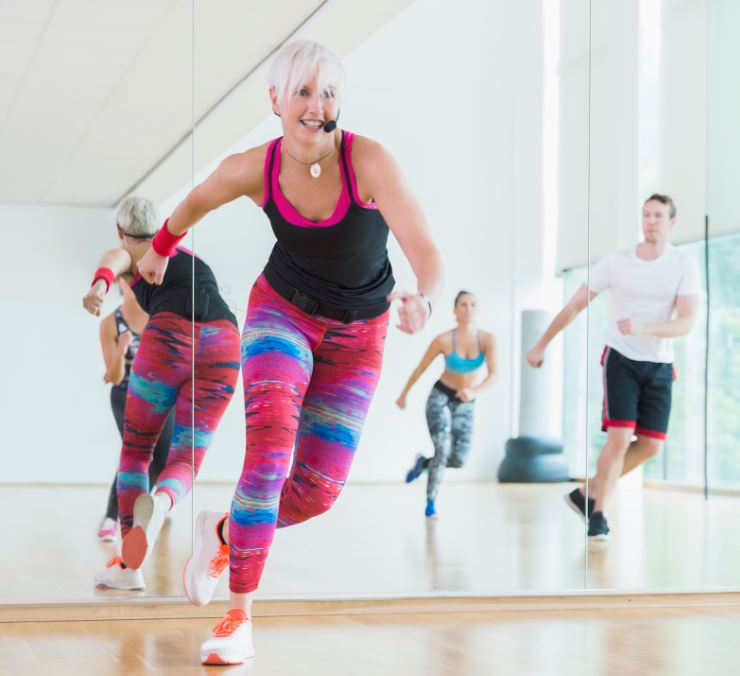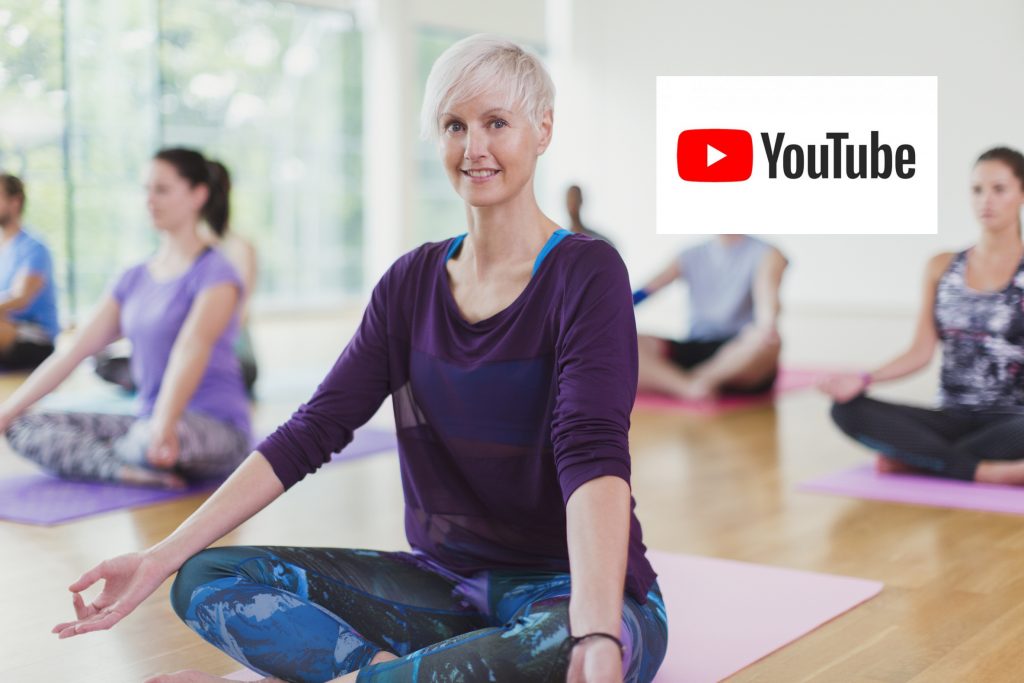
The 5 Components Of Health-Related Fitness
How fit are you? You might think that because you are a competent runner that you are physically fit, but actually, the industry standard for determining fitness levels covers a lot more than just cardiovascular ability.
Take a look at the following five components of health-related fitness and see how you stack up:
1 – Body Composition
If you were to have a professional fitness test conducts, the proportion of fat you carry in your body would b e measured against your lean tissue. Most studies show that people with higher percentages of fat in their body are at a higher risk of chronic diseases such as heart disease and diabetes. It’s possible to be skinny and still have a high percentage of fats so it’s important to make healthy choices with your diet to ensure that your levels of fat don’t put you at risk of these diseases.
2 – Aerobic Fitness
Aerobics fitness is the determination of how well your heart and lungs cope with the demands of sustained activities that use the large muscles groups in the body such as walking, running or swimming. Tests for this also measure how effectively your body is able to take on oxygen and process this into the blood, transport it around your body. To improve your aerobic fitness levels, aim to perform at least 30 minutes of aerobic exercise at least 3 – 5 times per week. This doesn’t necessarily mean getting on a tread mill, it could be activities such as gardening, doing the house work or washing the car!

3 – Muscular Strength
When testing a person’s muscular strength a variety of tests are performed such as squats, push-ups, or bicep curls. Tests identify how much you can move at your maximum weight in one repetition. See Muscular Endurance below for reasons on why resistance training is so important.
4 – Muscular Endurance
Muscular endurance tests look at how many repetitions you are able to perform at a sub-maximal force within a specific time period. Strength, or resistance training is a very important component of a well-rounded training programme as it ensures that bones are kept strong, that lean muscle mass is created, (which can help when on a weight-loss programme as commonly lean tissue is diminished as well as fat) and that your risk of injury performing every day tasks is reduced. Good levels of muscular endurance means that you’ll be better able to do things like taking the stairs, carry the shopping, and shovelling snow. It’s especially important to include as you get older as lean tissue and bone density naturally decrease as we age. Aim to fit in strength training at least twice per week.
5 – Flexibility
Perhaps the most over-looked aspect of fitness is flexibility. A lot of people can’t be bothered or simply don’t know how to improve their flexibility yet the benefits are enormous. It governs how we perform our every day activities such as putting a jumper on, getting something down from the top shelf and something as mundane as tying our shoe laces up. With regular flexibility training not only will you be able to carry out your day to day tasks with more ease, but you’ll also see an improvement in your posture and will reduce your risk of injury and it’ll also help with stress relief.
So, how do you measure up? Are you as fit as you initially thought?




